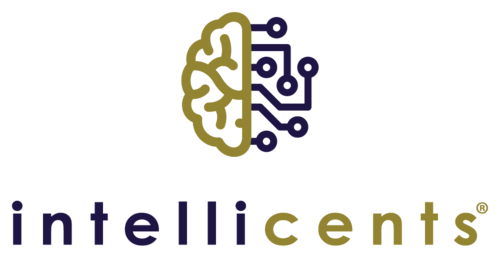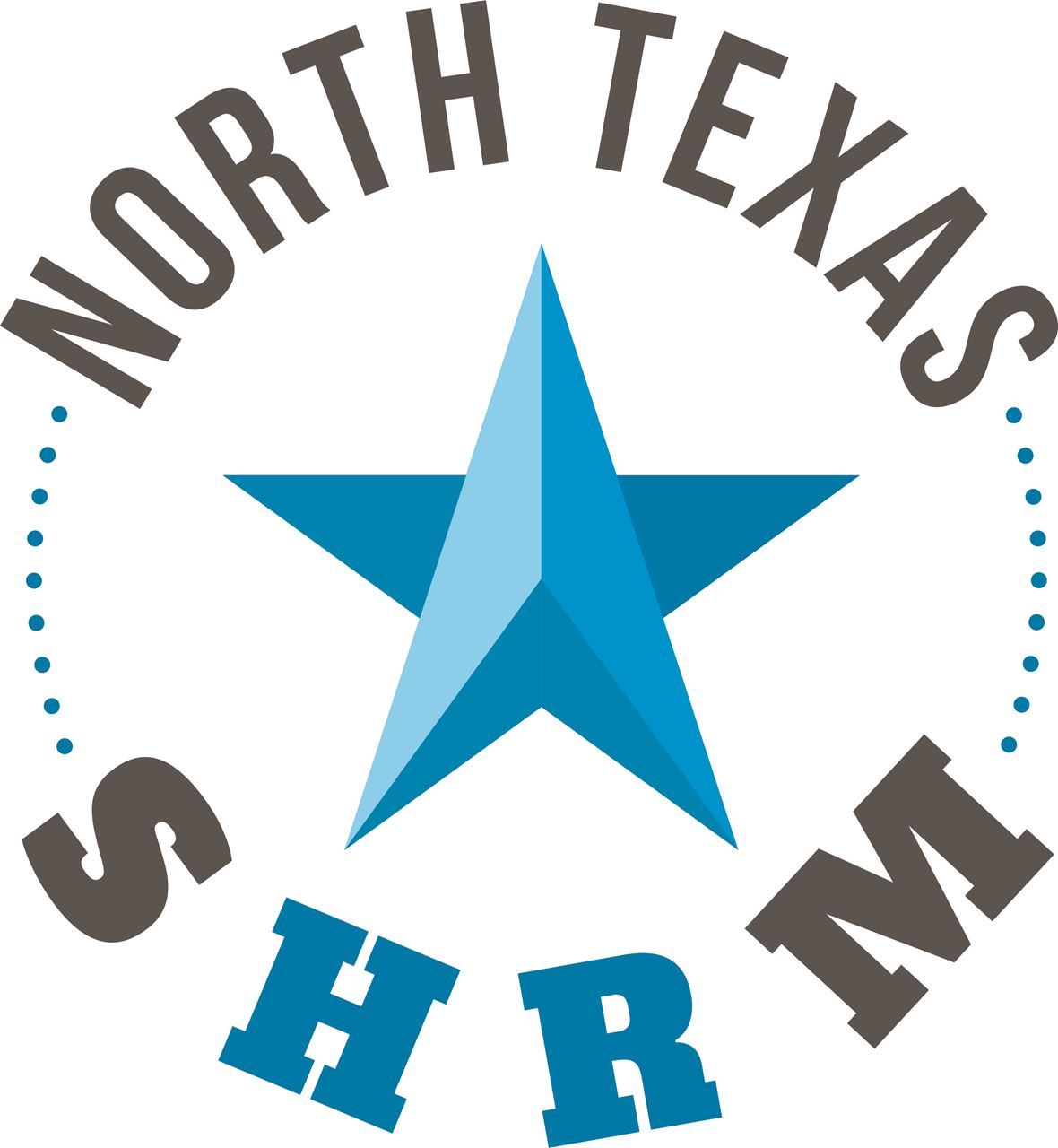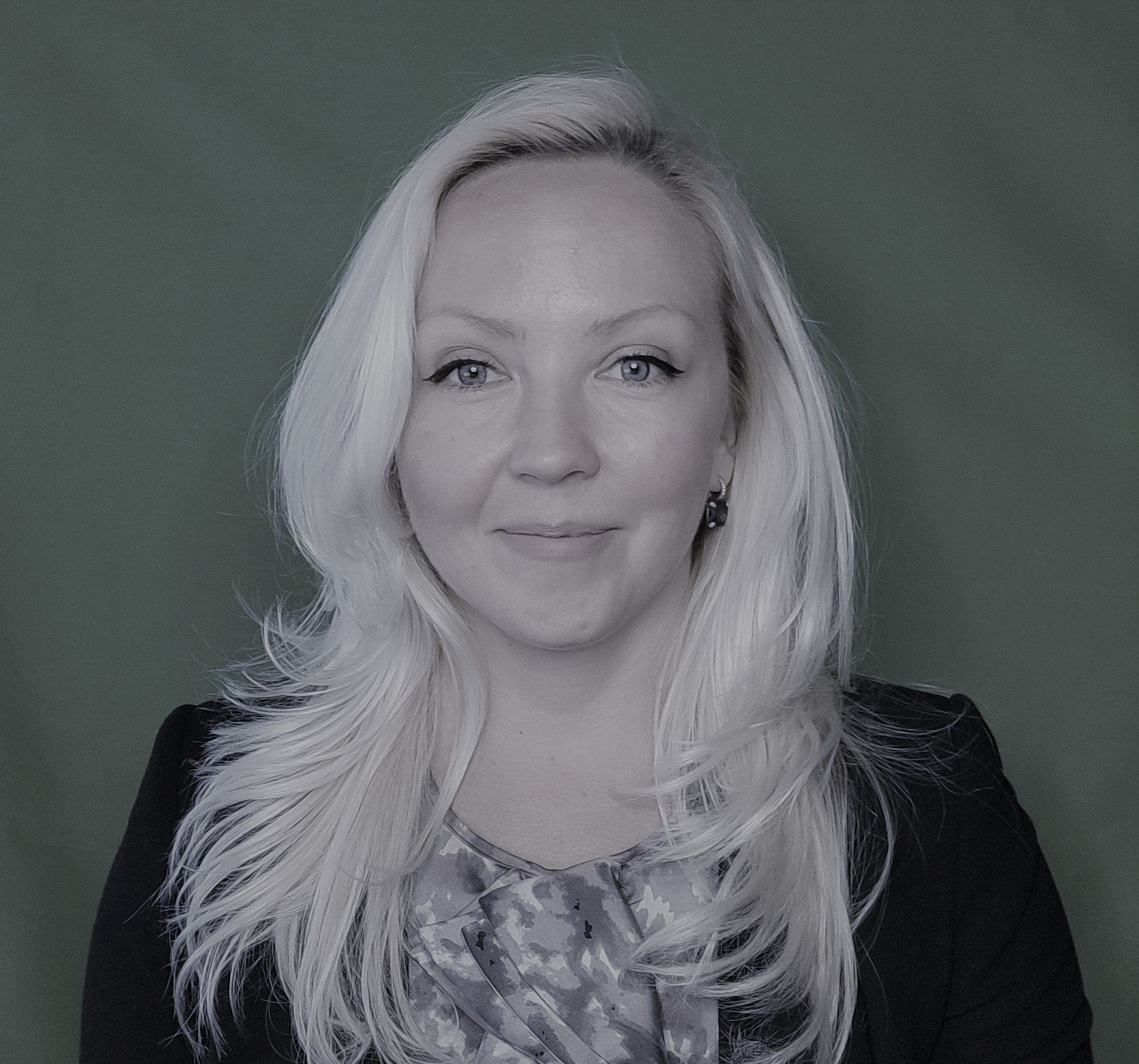Presenting the 2022 North Texas SHRM
Conference Speakers
Click on Speaker Image to View Speaker Videos
Keynote Speaker - Bruce Waller: Energizing the Future of HR Have you endured leadership fatigue? We all have especially during the past few years and for many it has led to the great resignation. However, there has never been a more important time to lead than today. Our world has changed, but the mission remains the same to lead and inspire in the workplace and around the HR Community. This session will provide attendees with energy, ideas, inspiration, confidence, and a renewed spirit that will help create momentum in 2022. We are going to go back and “start with why… then lean into what makes leadership so special. We will talk about bringing ideas to the workplace, and how to create momentum and renewed energy in the new year… I will also be sharing perspectives from some of my podcast guests on Life in the Leadership Lane to make it fun, and entertaining… You see, when we look for the good, we will see the good and this will be the perfect way to get re-energized, a new season of aliveness, connectivity, and meaningful pursuit in our careers…and it starts with you! |
Keynote Speaker - Angela Shaw: HR as a Leadership Ally for Diversity, Equity, and Inclusion DEI has continued to be treated like a polite, positive, hopeful feel-good mantra that does not include any action. Everyone values diversity yet few are really translating it into action. HR has the most power in any organization to affect for this positive change in action. Let us stop just talking about it, let’s be about it as allies for Diversity, Equity and Inclusion.
Angela will use this session to promote engagement from the audience surrounding actively creating action in any organization for diversity, equity and inclusion using her personal storytelling and dynamic passion for such an important topic. Learning Objectives:
|
| Rick Gillis: Leveling the Paying Field, A Groundbreaking Approach to Achieving Fair Pay Calculating your way to fair pay; recognizing what you contribute to your employer; calculating the value of your contribution and sharing the results at performance review time and whenever the opportunity arises to share your good work.
Attendees will learn:
|
Randal Weidenaar: Creating Psychologically Safe Teams, A Scientific Method |
Dr. Belay Reddick: How Second Chances Could End Mass Incarceration Attendees will learn how how employers can make a significant impact on transforming a criminal liability into a community asset. Did you know that over two fifths of employers say hiring ex-offenders has increased the diversity of their employees? Forward thinking organizations have an opportunity to become more socially responsible and inclusive by providing second chances. In this engaging program we will focus specifically on exploring the benefits of recruiting ex-offenders. Learning Objectives:
|
| Mike Coffey: Business Case for Becoming a Second Chance Employer |
| Emily Dickens: Leading in the "Next Normal" Hear from Emily M. Dickens, SHRM Chief of Staff and Head of Government Affairs, on the best practices HR professionals can use to build strong organizational cultures that are needed now more than ever. Attendees will learn:
|
Randy Anderson: Recalibrating your Compass - Leading through Strategic Planning Process HR Professionals should be deeply involved in the strategic planning process, but many HR Professionals have never participated in the process, and don’t know how to lead it. This presentation will equip you to lead your organization through the process of creating or revising your strategic plan, and will allow you to develop greater personal influence by contributing to the decisions and organizational goals that will have the most significant impact on your team members. Develop your ability to affect organizational change by participating in and leading the strategic planning process to focus organizational objectives on how to best utilize key talent and human capital to achieve long-term growth and profitability. Understand how to develop greater influence by cultivating relationships with managers/supervisors and even opinion leaders in lower level positions and all departments in order to establish a values-based culture that ensures team members buy into and are fully engaged in the achievement of the organization’s mission and vision. Learn how to instill a deep commitment to core values throughout your organization by maintaining a constant stream of communication that reinforces their importance, coaching and correcting to ensure they are adhered to, and making certain everyone in leadership consistently models that. Learn how to create defined, organization-wide expectations, and equip managers and supervisors to work together within a system of metrics to achieve strategic goals and produce measurable top line improvement. Discover how redirecting your evaluation/appraisal process will develop key talent by focusing on how each individual’s performance directly contributes to organizational key objectives and will ultimately affect bottom line profitability. |
| Steven Smith: The Hiring Tree Have you experienced a dip in applicant flow in 2021? While many employers are blaming COVID, unemployment rates, and other external factors, there are key things you can do that will immediately impact your applicant flow and increase your quality of candidates. While some of it may require additional funds, there are also many things that can be done that will require no money at all, only time. In this session we will cover the analogy of the Hiring Tree and discuss specific branches of your hiring process that will provide the results you seek.
In the Hiring Tree analogy for this presentation, too many employers rely heavily on one core platform: Indeed. The challenge with this is like a tree with one single branch, eventually that tree branch will topple over as it begins to bear fruit. A truly balanced tree has multiple branches, which means your hiring strategy has to include multiple channels. The roots of the tree discuss the core strength of your hiring process where it begins with the executive team, then the managers or supervisors, and finally the employees themselves. Hiring is always a team effort.
The trunk of the tree is all about your job ads and hiring platform and how applicants apply. Simplification is best. We will also cover how to effectively write a job ad, elements of an ad that provides the right nutrients to the branches to understand what job seekers expect to find in their search. Finally, a sound understanding of what each branch of the tree represents and how to effectively take care of the trunk to supply nutrients to its branches is the key to producing more applicant flow, better quality applicants, and providing balance to your hiring process. This area of the presentation covers the employee referral program and elements that exist here as one of the core branches of your hiring tree for the organization. The core branches include: Job Boards; Search Engines and Aggregators; Employee Referral Programs; High Schools/Colleges/Universities; Social Media; Agencies/Staffing Firms The three Core Learning Objectives • Key Differences between Job Boards, Search Engines, Aggregators, and Social Media and algorithm changes that have happened in the last year and how to strategically approach these channels when marketing roles for the company. • Developing, implementing and managing an effective employee referral program in a strategic way and how social media plays a part in this process. Understanding how this targets passive applicants and not all referrals know the employees directly. • A sound understanding of the core elements of a job ad to gain more visibility and attract more qualified job seekers to your roles for active job seekers. We will be discussing strategic elements of a job ad that need to exist in order for applicants to FIND your jobs. |
Art Goetze: Comparing the all-new Individual Coverage Health Reimbursement Arrangement ICHRA vs traditional group health insurance, Unpacking the newest ACA compliant strategy for affordable group health benefits, find out why ICHRA was called the 401K of Health Benefits by the Benefits Editor at SHRM. See how replacing group health insurance with ICHRA can be better for employees and more affordable for employers. Learn specifically how to compare traditional group health insurance to an ICHRA strategy. Including both functional as well as financial considerations. Learn the ACA-compliant ways ICHRA can be used, and how it can't. How to use ICHRA to deliver employee health benefits that are more affordable and better aligned with employees' individual health needs and financial resources. Why ICHRA can be fairer and more equitable to individual employees than traditional group health insurance. Go step by step through a working ICHRA strategy to see how it is structured and why. Learn ways ICHRA can use employee classes and employer contributions to better target benefit objectives and increase ROI. Learn how an ICHRA based health benefits strategy gives every employee unlimited everyday health benefit like virtual primary care and preventive care at no cost to employees, as well as more choices in catastrophic protection, including more affordable alternatives like medical cost-sharing. |
Jason Lambert: Microaggressions: Tackling the Unseen: Step-In Framework |
Leiza Dolghih: New Sexual Harassment Law in Texas Last September, Texas adopted a statute that expanded sexual harassment protections for Texas employees. The statute broadly applies to any employers who have at least one employee and allows an employee to sue supervisors and managers individually, in addition to suing the company. During our session I will discuss how this new statute works, what an “immediate remedial action” to correct sexual harassment should look like, and what HR departments should be doing in order to avoid lawsuits under the new statute, including training, policies, and investigations. Objectives:
|
2022 North Texas SHRM Annual Conference |



.png)












